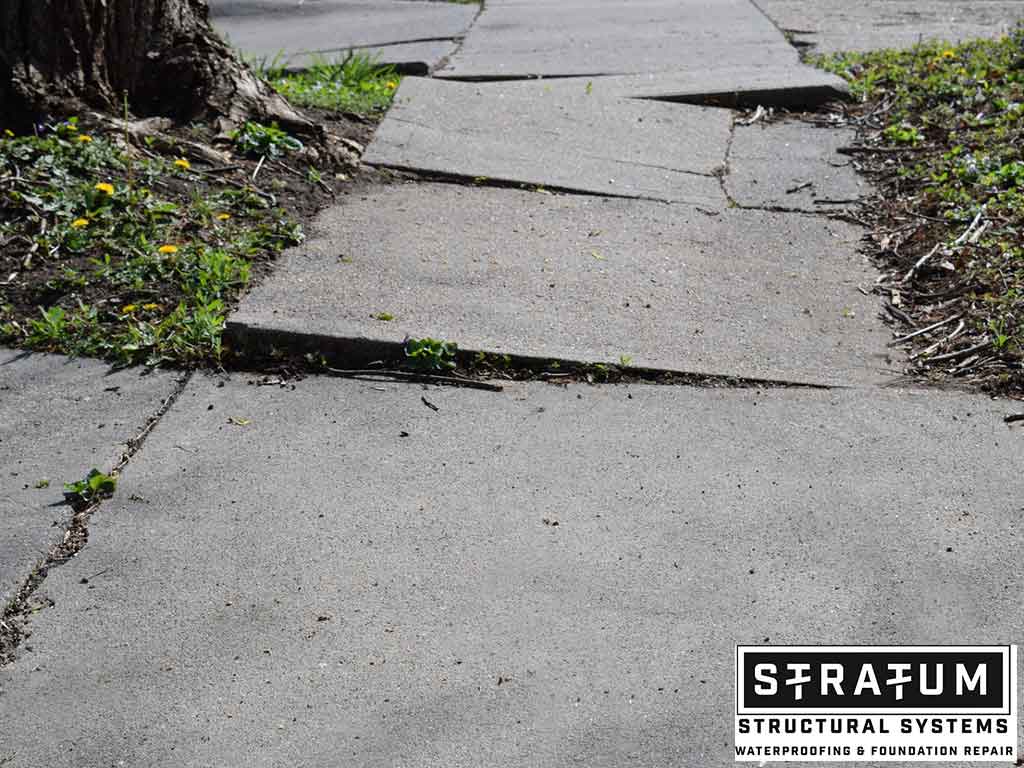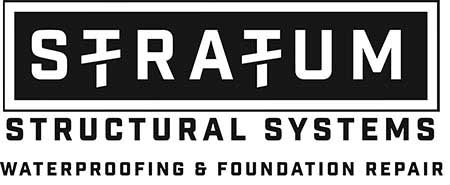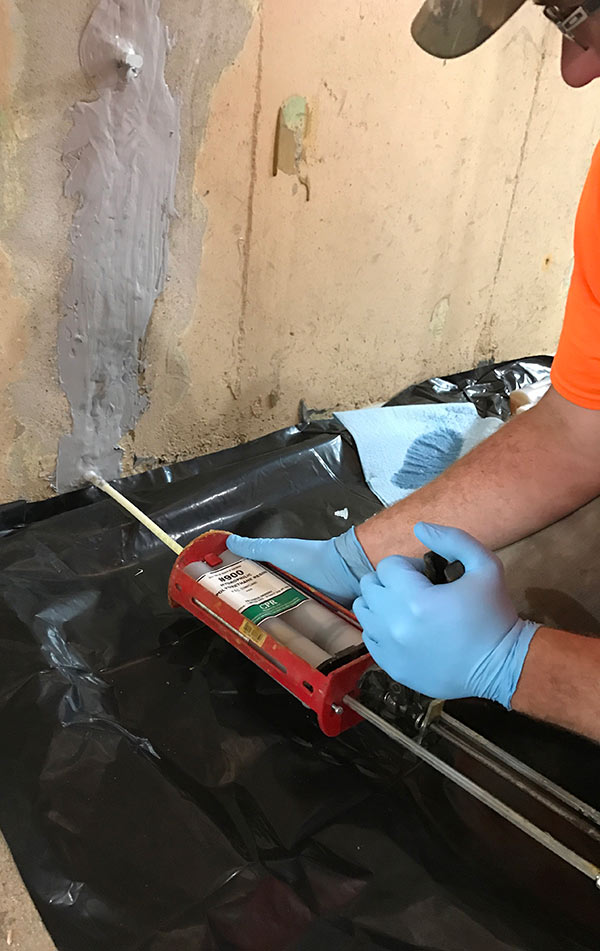How Does A Crack in the Sidewalk Form?

Walking down the streets of St. Louis County, it’s not uncommon to come across uneven sidewalks marred by cracks and crevices. While these imperfections may seem minor, they can be unsightly, pose significant tripping hazards, and even cause damage to nearby property. Understanding the causes behind sidewalk cracking is essential not only for homeowners and property managers but also for professionals involved in their construction and maintenance. So, how does a crack in the sidewalk form in St. Louis, and what can you do about it? Let’s take a closer look!
What You Need to Know About Sidewalks, Driveways and Patios
Sidewalks are an important component of an urban infrastructure, providing pedestrians with safe routes throughout cities. They connect neighborhoods, parks, and commercial areas, making it easier for everyone to access the city’s offerings.
Due to their need for durability, these pathways are mostly made from concrete. Its role in the cityscape is undeniable, offering a blend of functionality and accessibility. Concrete can handle the constant pressure of foot traffic and resist the harsh elements of weather for long periods of time.
Over time, however, even the sturdiest sidewalks or driveways encounter problems. Cracks and other forms of damage slowly emerge, challenging the concrete’s integrity. Such wear and tear not only diminishes its appearance but also poses safety risks.
Recognizing these issues early is key to maintaining the safe, navigable pathways that are so vital to St. Louis life. Repairing them promptly helps preserve the city’s accessibility and the overall well-being of its residents.
What Causes a Sidewalk to Crack
In St. Louis, sidewalks face the same challenges as those in many parts of the world. The primary material in their construction is concrete, which is known for its strength and durability. Yet, it isn’t immune to the forces of time and nature. Many factors can cause a crack in the sidewalk to form. Let’s take a closer look at some of the common culprits behind sidewalk cracks in St. Louis County.
Temperature Fluctuations
Temperature changes play a big role in the health of our sidewalks. When the weather swings from hot to cold and back again, sidewalks start to crack under the pressure.
Concrete expands with the heat and shrinks in the cold. This ongoing cycle puts a lot of stress on sidewalks. Over time, this stress starts to show up as cracks and breaks.
Concrete is tough, but it’s not unbeatable. The wear and tear from thermal expansion is a slow process, but it’s relentless. Each season adds a little more stress, and bit by bit, cracks start to form. If left alone, these small damages can grow into big problems.
Water and Freeze-Thaw Cycles
Water has a way of getting into the smallest spaces, including the tiny cracks and crevices in sidewalks. When the temperature drops and this water freezes, it expands. Then, as it thaws out, it contracts.
This freeze-thaw cycle can put a lot of pressure on the materials that make up the sidewalk. Over time, this pressure can cause the sidewalk to crack and even break apart.
In places like St. Louis, where the weather can swing from one extreme to another, this cycle happens often. Keeping an eye on these small changes can help in managing and fixing the issue before it becomes a larger problem.
De-Icing Chemicals
When winter strikes and sidewalks become icy, it’s common to turn to de-icing solutions like salt to make them safer to walk on. While this practice is effective for melting ice, it also has a hidden downside.
Salt and similar chemicals can start to eat away at the materials that sidewalks are made of. This corrosion process weakens the structural integrity of the sidewalk, making it more vulnerable to damage.
Over time, the repeated application of these chemicals can speed up the speed at which cracks form and grow. This means that what we use to keep sidewalks safe in the short term could actually cause them more harm in the long run.
Acid Rain
Environmental pollutants and acid rain are significant contributors to the formation of sidewalk cracks. When pollutants from industrial activities, vehicle emissions, and other sources accumulate in the atmosphere, they can lead to the formation of acid rain.
As acid rain falls on sidewalks, it can start to weaken the surface. The acidic components chemically react with the materials in the concrete or asphalt, gradually eroding the binders that hold the sidewalk together.
Over time, this erosion process makes sidewalks more vulnerable to damage. The weakened surface becomes an easy target for physical wear and tear, such as the pressure from foot traffic, bicycles, and even the weight of snow and ice. Additionally, the compromised structure is more likely to develop cracks and holes, further accelerating the deterioration process.
Tree Roots
Trees add beauty and shade to St. Louis’ landscapes, but their roots can pose a challenge to the structural integrity of nearby sidewalks. As trees grow, so do their root systems, extending outward and downward in search of nutrients and water.
When these roots encounter the rigid barriers imposed by sidewalks, they don’t simply stop growing. Instead, tree roots exert pressure against the underside of the concrete or asphalt. This force can be powerful enough to lift and push up sections of the sidewalk, distorting its alignment and creating visible cracks and uneven surfaces.
This disruption poses significant safety risks. Cracks and raised sections can become tripping hazards for pedestrians, leading to falls and injuries. Furthermore, once a crack has formed, it opens the door for water to seep in. During colder months, the freeze-thaw cycle can exacerbate these cracks, widening them and causing further displacement of the sidewalk slabs.
The continuous growth of tree roots and the resulting pressure make this a recurring issue, one that requires careful consideration in urban planning and landscaping. Solutions may include selecting tree species with less invasive root systems, implementing root barriers, or designing sidewalks with flexible materials that can accommodate some root growth without cracking.
Soil Movement and Settlement
The stability of the ground beneath a sidewalk is critical for maintaining its integrity over time. When the soil under a sidewalk is unstable or hasn’t been compacted properly, it sets the stage for issues down the road.
Soil instability can occur for various reasons, including changes in moisture levels, freeze-thaw cycles, and the natural settling of the earth over time. Similarly, if the soil wasn’t compacted adequately during the construction phase, it might not offer the firm support needed for the sidewalk slabs.
As this unsteady or loosely packed soil shifts and settles unevenly, it directly impacts the sidewalk built upon it. Without a stable foundation, sections of the sidewalk can start to sink, tilt, or rise, creating stress points.
These stress points eventually manifest as cracks as the concrete or asphalt can’t maintain its structural integrity against the moving ground.
In addition to causing visible cracks, this shifting soil can lead to uneven surfaces, posing tripping hazards and making the sidewalk, driveways and patios less accessible. Addressing these issues might involve repairing or replacing sections of the sidewalk, but for a long-term solution, improving the underlying soil stability is key.
This could include better drainage to manage moisture levels, using more suitable fill materials, or employing modern compaction techniques to ensure a solid foundation for the sidewalk.
Poor Construction
Sidewalks serve as critical components of urban infrastructure, facilitating pedestrian movement and enhancing city accessibility. However, their durability and longevity are heavily reliant on the quality of their construction.
Poor material mixing can result in a sidewalk composition that lacks uniformity and strength. Concrete needs a precise ratio of water, cement, and aggregate. Sometimes it requires admixtures to achieve optimal durability and resistance to environmental stresses.
An incorrect mix can lead to weak spots in the sidewalk, making it more susceptible to cracks. This is because the sidewalk cannot evenly distribute the load or withstand the pressures exerted by foot traffic and environmental conditions.
Additionally, the absence of control joints in sidewalk design can lead to cracking. Control joints are intentional gaps placed in concrete sidewalks at regular intervals. These gaps allow for controlled expansion and contraction of the material, which occurs naturally due to temperature fluctuations.
Without these joints, expansion forces the concrete to crack spontaneously to relieve pressure. Oftentimes, this phenomenon results in irregular, unsightly, and potentially hazardous cracks.
Load Stress
Sidewalks are engineered to withstand a certain amount of load and traffic. However, when they are subjected to heavy loads from vehicles or excessive pedestrian traffic, the sidewalk material can stress beyond its intended capacity. This leads to cracking.
Heavy vehicle loads are a common cause of stress-bearing damage to sidewalks. This includes damage caused by trucks making deliveries, construction equipment, or even cars being parked on sidewalks not designed to bear such weight.
These issues are worse if the layer of material beneath the sidewalk was not prepared to support such loads. Over time, repeated exposure to heavy loads can lead to the breakdown of the sidewalk’s structural integrity, manifesting as significant cracks.
In addition, areas with heavy foot traffic, such as those near schools, commercial centers, and public transit hubs, experience constant wear and tear. The combined effects of thousands of footsteps with the natural expansion and contraction of the sidewalk material can gradually erode the surface and lead to the formation of cracks.
To mitigate these issues, city planners and construction teams must anticipate the level of traffic a sidewalk will endure and design accordingly. This might include using reinforced materials, ensuring proper foundation support, and implementing regular maintenance checks to identify and repair small cracks before they become larger problems.
Raise Sidewalks, Driveways and Patios in St. Louis
While sidewalk cracks can stem from a range of factors, understanding these causes and taking proactive steps toward prevention and repair can greatly mitigate their impact. For St. Louis residents experiencing these issues, Stratum Structural Systems offers expert guidance and solutions. Our experienced professionals use cutting-edge techniques and high-quality materials to restore the safety and appearance of your sidewalks, ensuring they can withstand the tests of time and nature.




